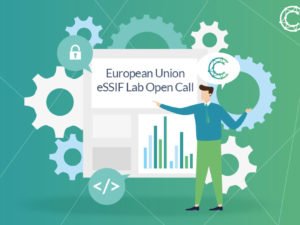
5 Use Cases for an Immutable and Distributed Blockchain
Blockchain has two distinctive characteristics:
Immutability: written data cannot be changed
Distribution: data is present in multiple locations
These two features enable an interesting set of new use cases
Immutability
Unlike a classic database, transactions and values in a blockchain cannot be overwritten and are secured by cryptographic systems that make it obvious if the data has been tampered with.
1 Currency platform: Cryptocurrency is definitely the most ‘visible’ element in a Blockchain, especially if it is public like Bitcoin (BTC) or Ethereum (ETH) are. Each currency transfer is immutable and the same token cannot be given to two different people at the same time (double spending).
Cryptocurrency is an inexpensive unit of account for transactions and a system to boost the security of a Blockchain. It is sometimes represented by a Token, which is another form of an underlying asset Transaction platform: A Blockchain network can validate a series of transactions relating to the value of Cryptocurrency, documents or assets that have been digitised into a Token. (tokenized). Each time a consensus is reached, a transaction is immutably recorded on a ‘block’, which is a storage space.
2 Verification platform: The Blockchain keeps track of these transactions, which can then be verified as having taken place. The Blockchain is therefore this giant transaction verification platform that can handle both
micro-transactions as well as high-value transactions.
Distribution
By increasing the number of server nodes, the ability of a hacker or hostile government to block the network decreases.
3 Distributed ledger: The Blockchain is also a distributed, public, time-stamped ledger that keeps track of every transaction processed on its network, allowing the user’s
user’s computer to check its validity so that there can never be a double count. This record can be shared between multiple parties and can be private, public or semi-private.
4 Distributed Exchange: Cryptocurrency is the basis of the Blockchain. When Cryptocurrency is considered as any currency, it can become part of a financial instrument, leading to the development of a variety of new Fintech financial products: derivatives / options / swaps / synthetic instruments / investments / loans.
In addition, many other traditional instruments will have their digital version, thus creating a new stock market for trading decentralised financial services.
5 Distributed network: from the point of view of architecture, the basic layer of the Blockchain is a Peer-to-Peer network. The network is the computer and a Blockchain is distributed because it is composed of thousands of connected nodes. The network is the computer.
In essence, a Blockchain is not a cloud but is more like a light fog that is really everywhere.





